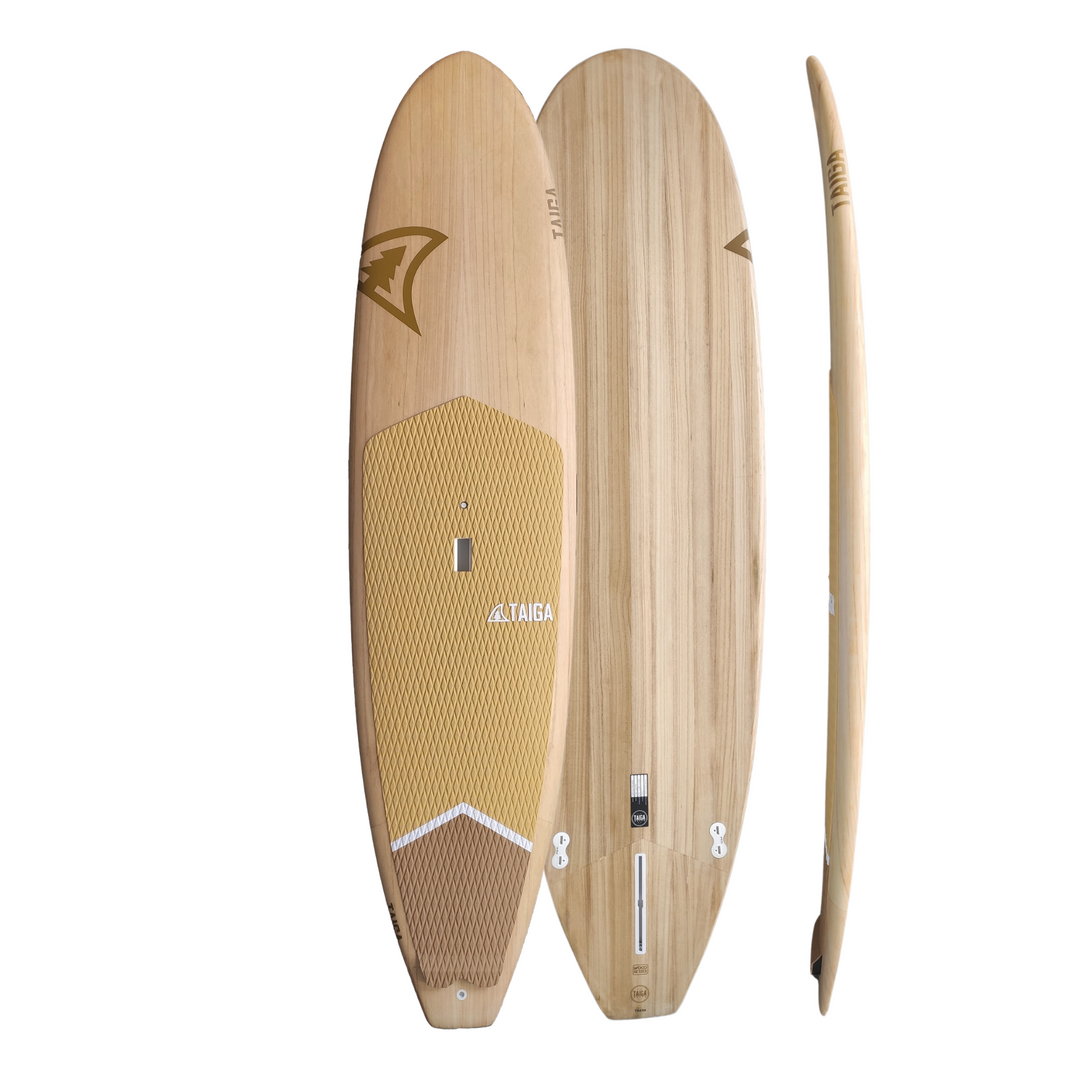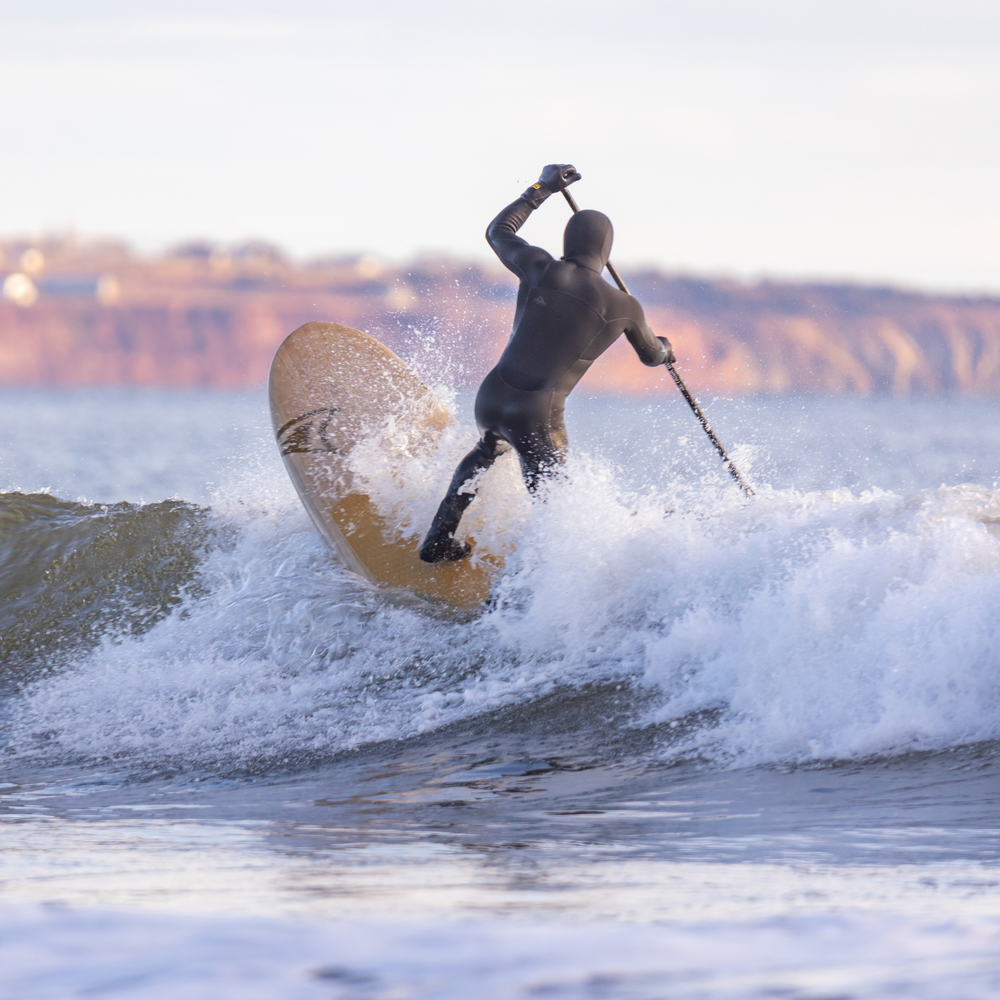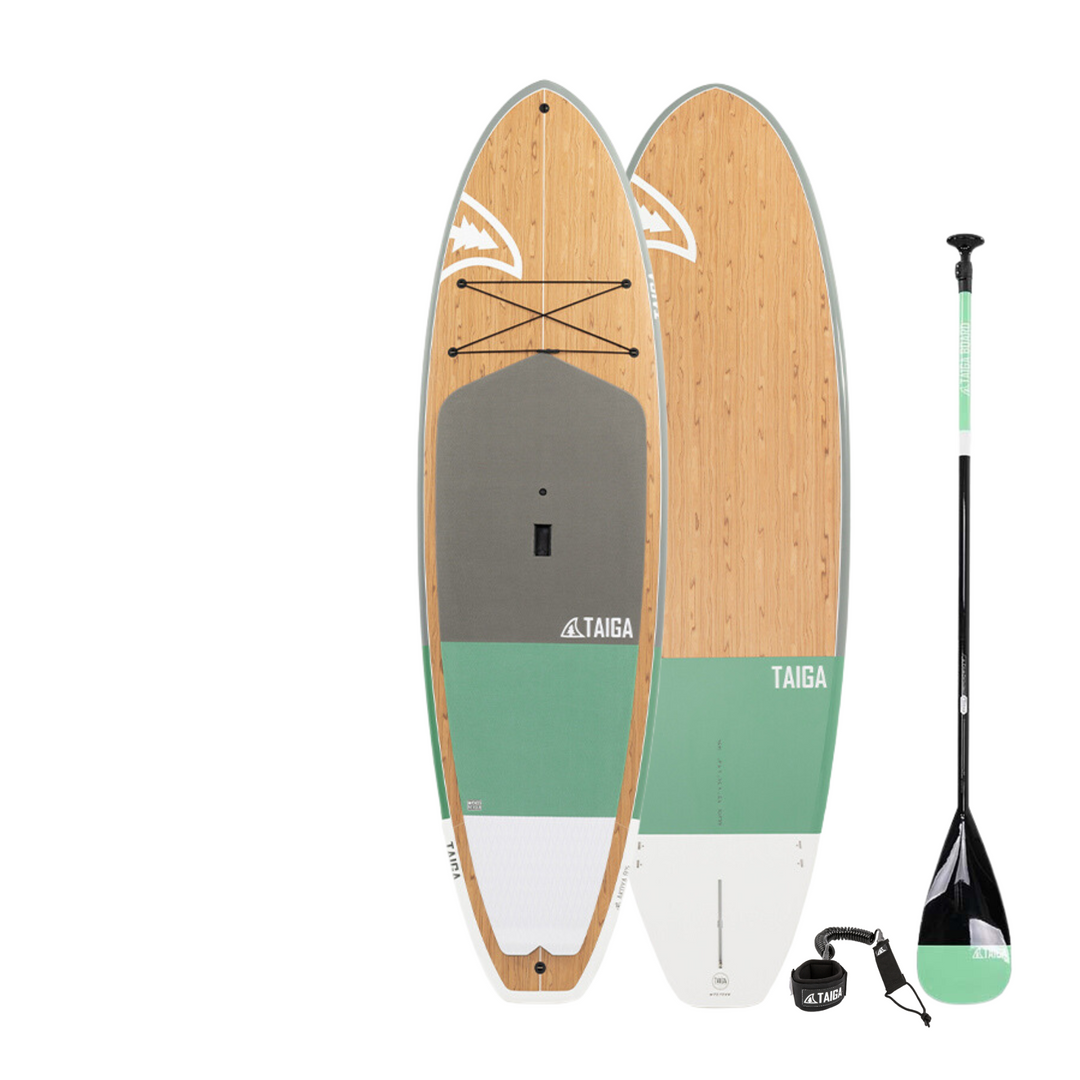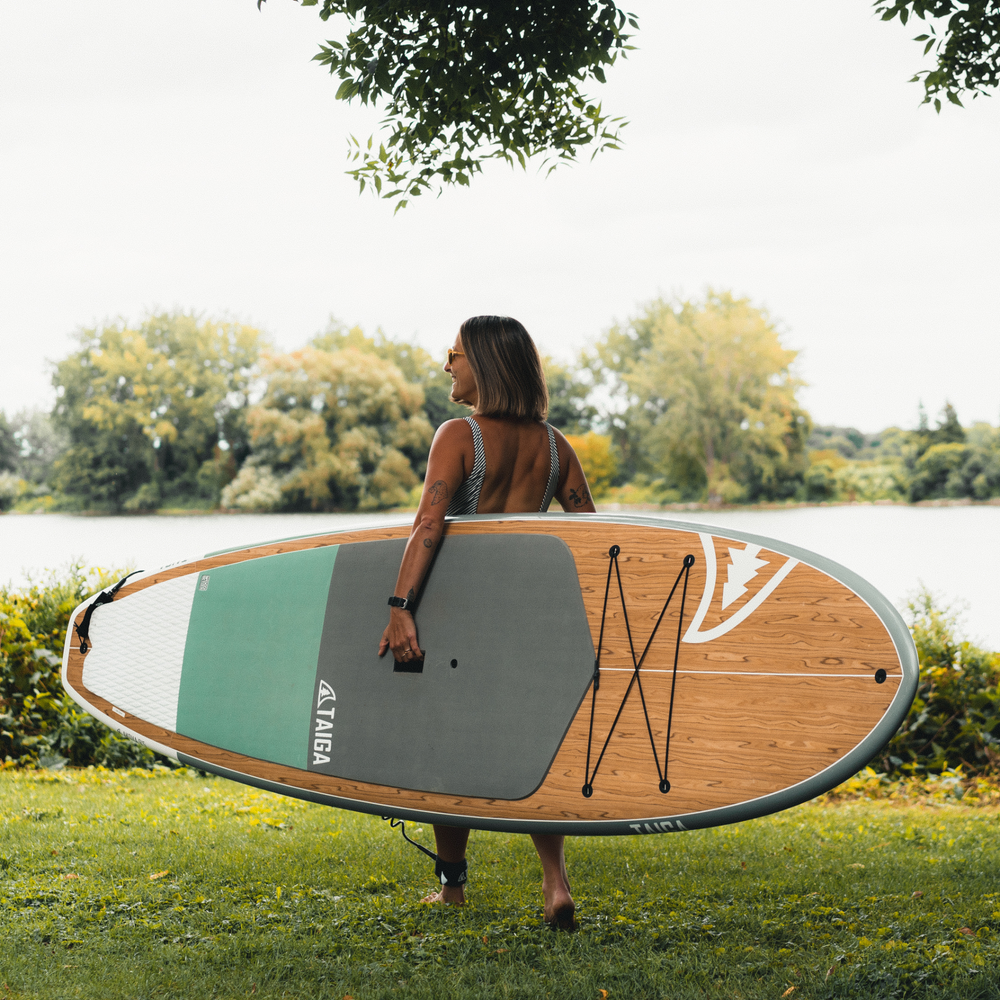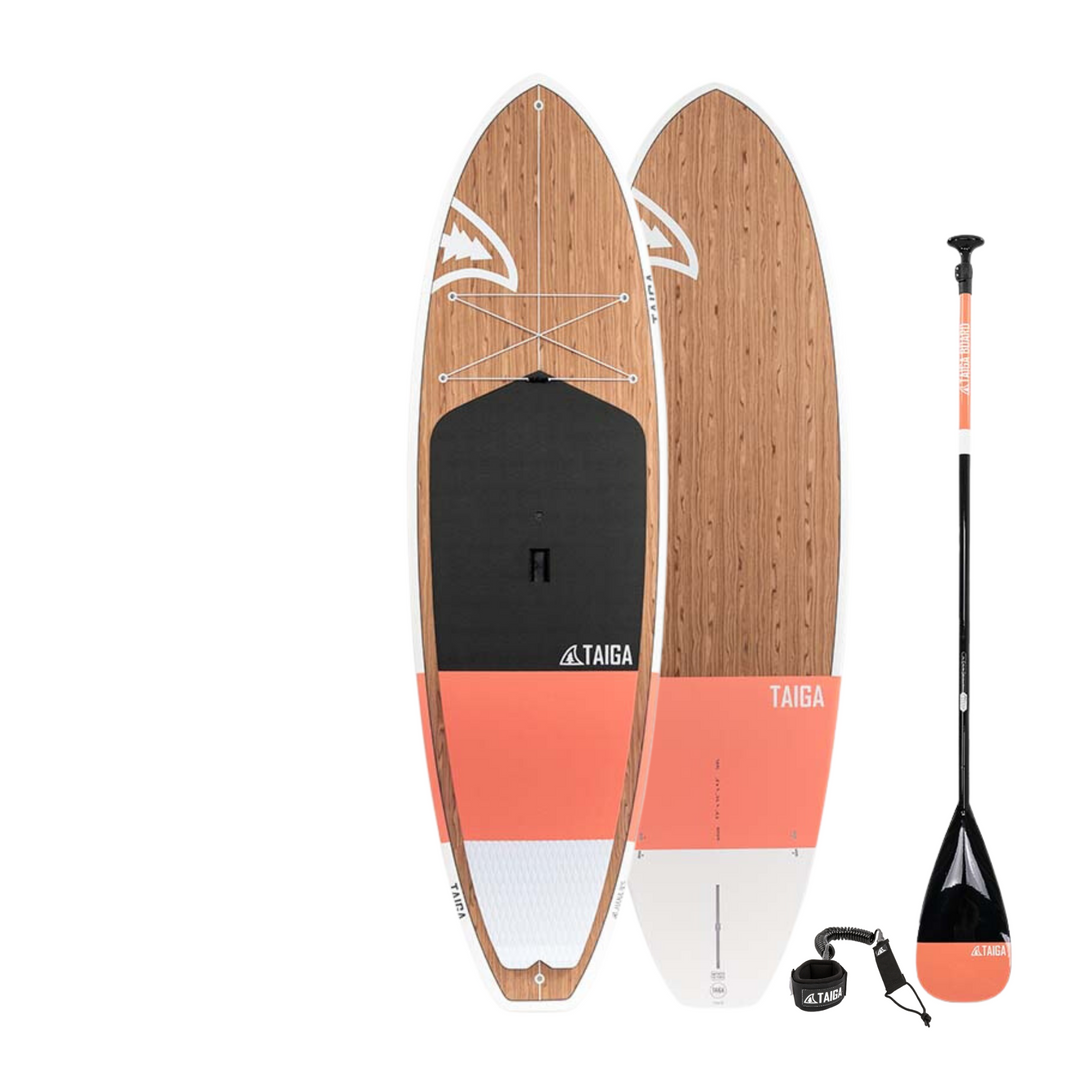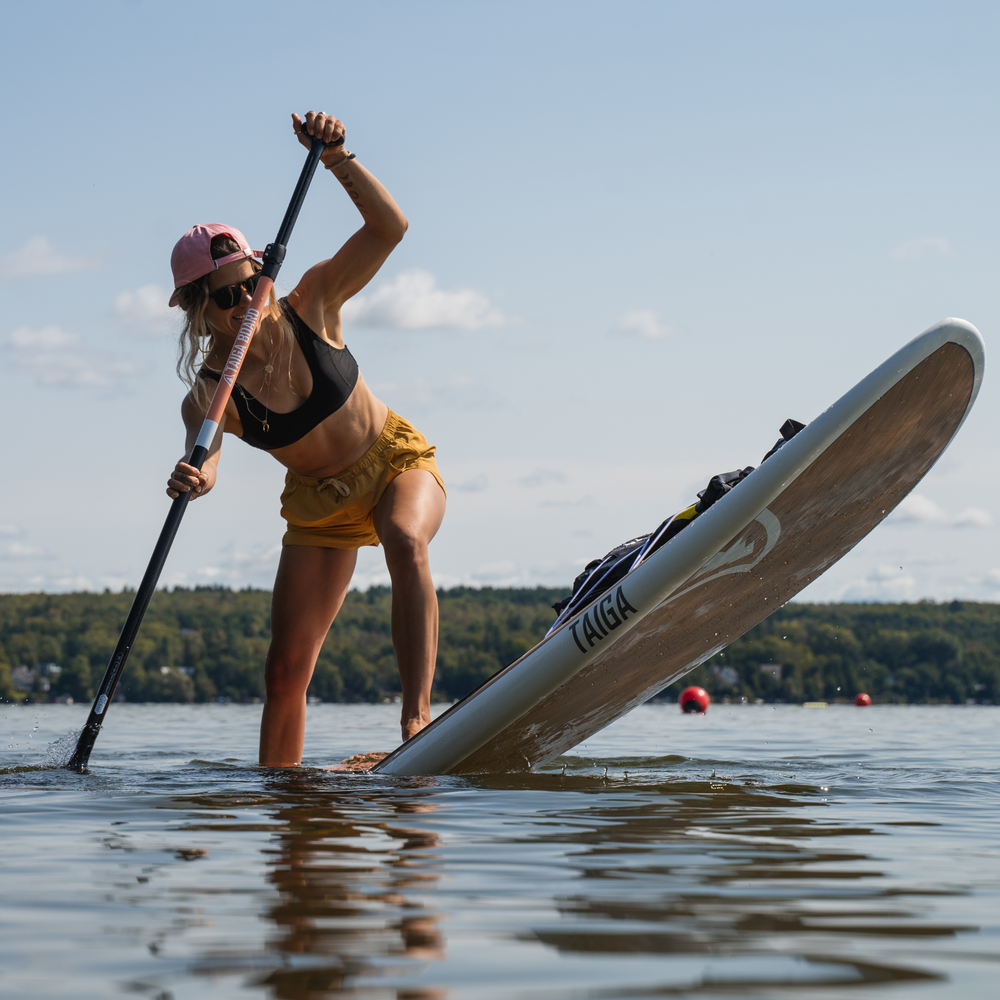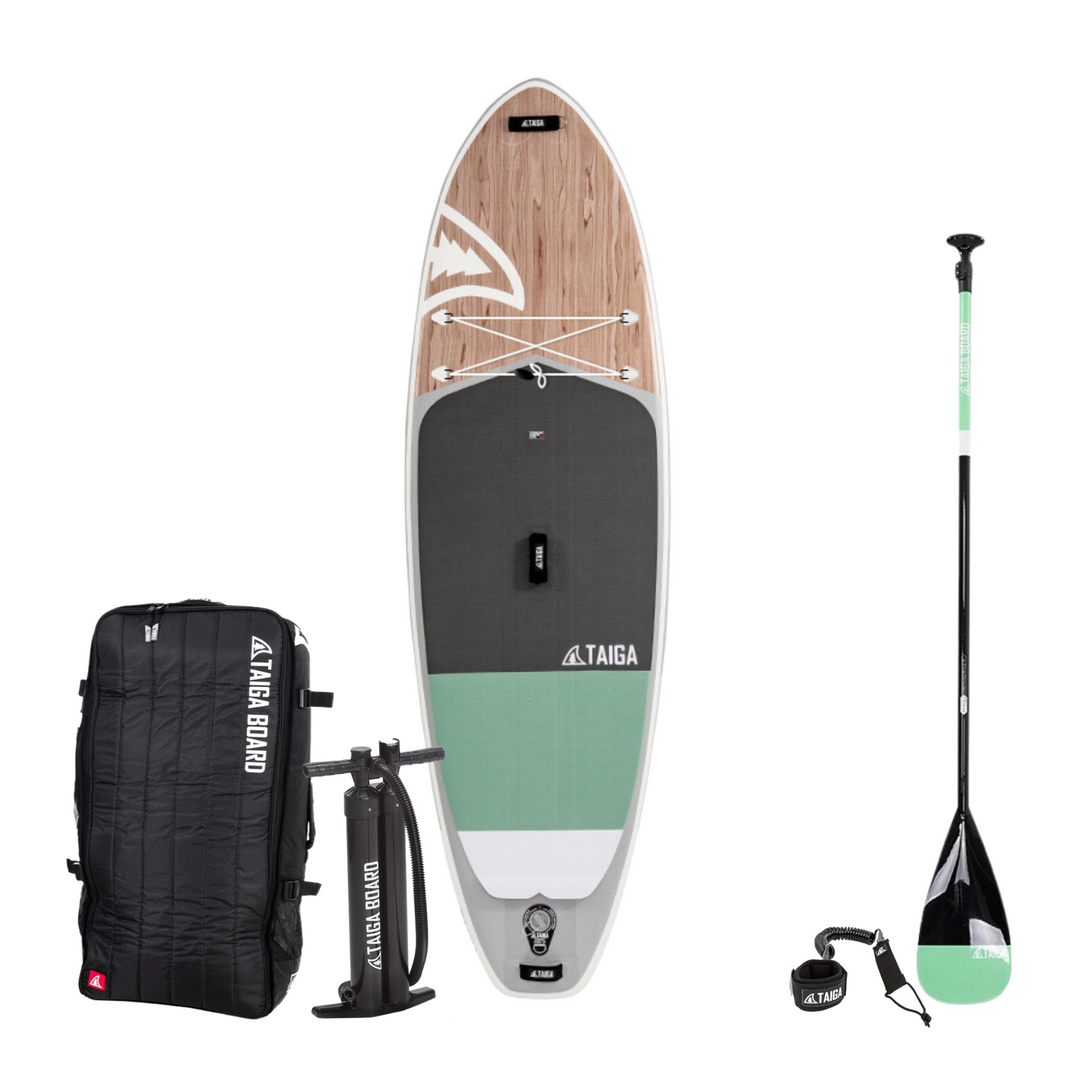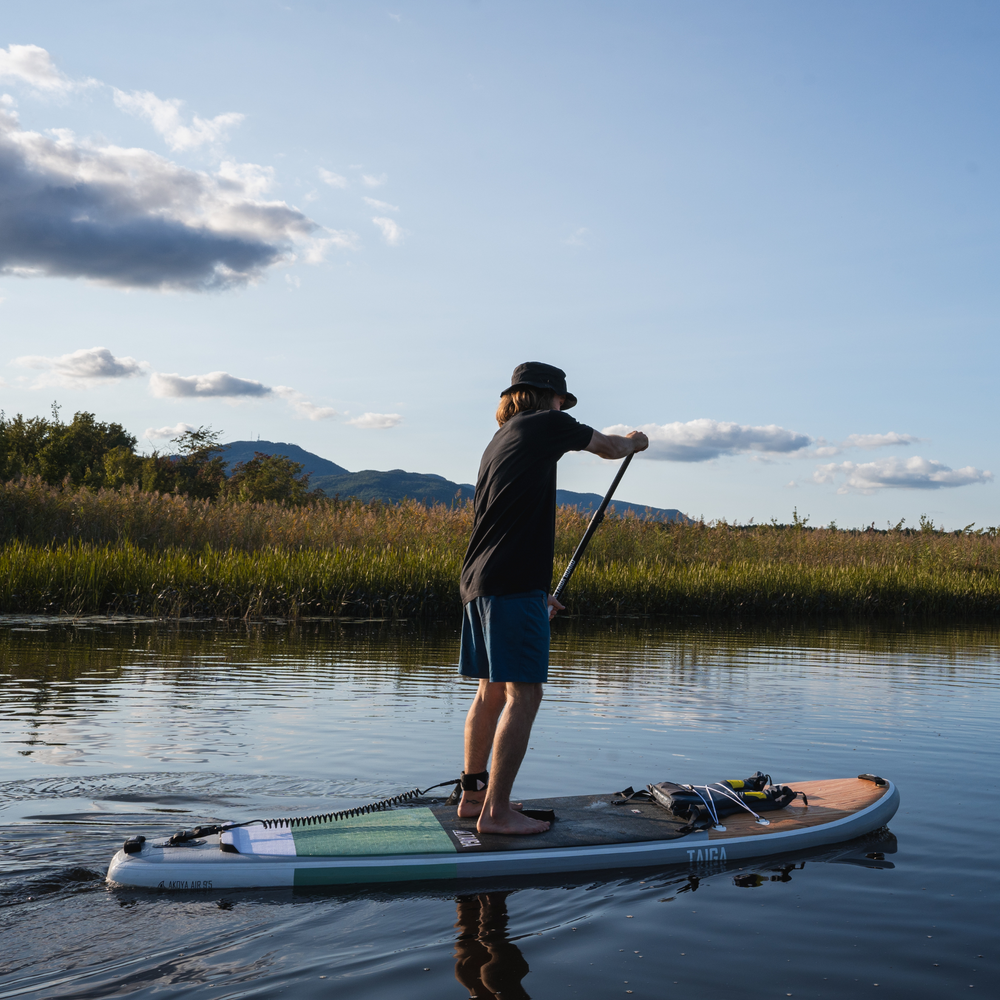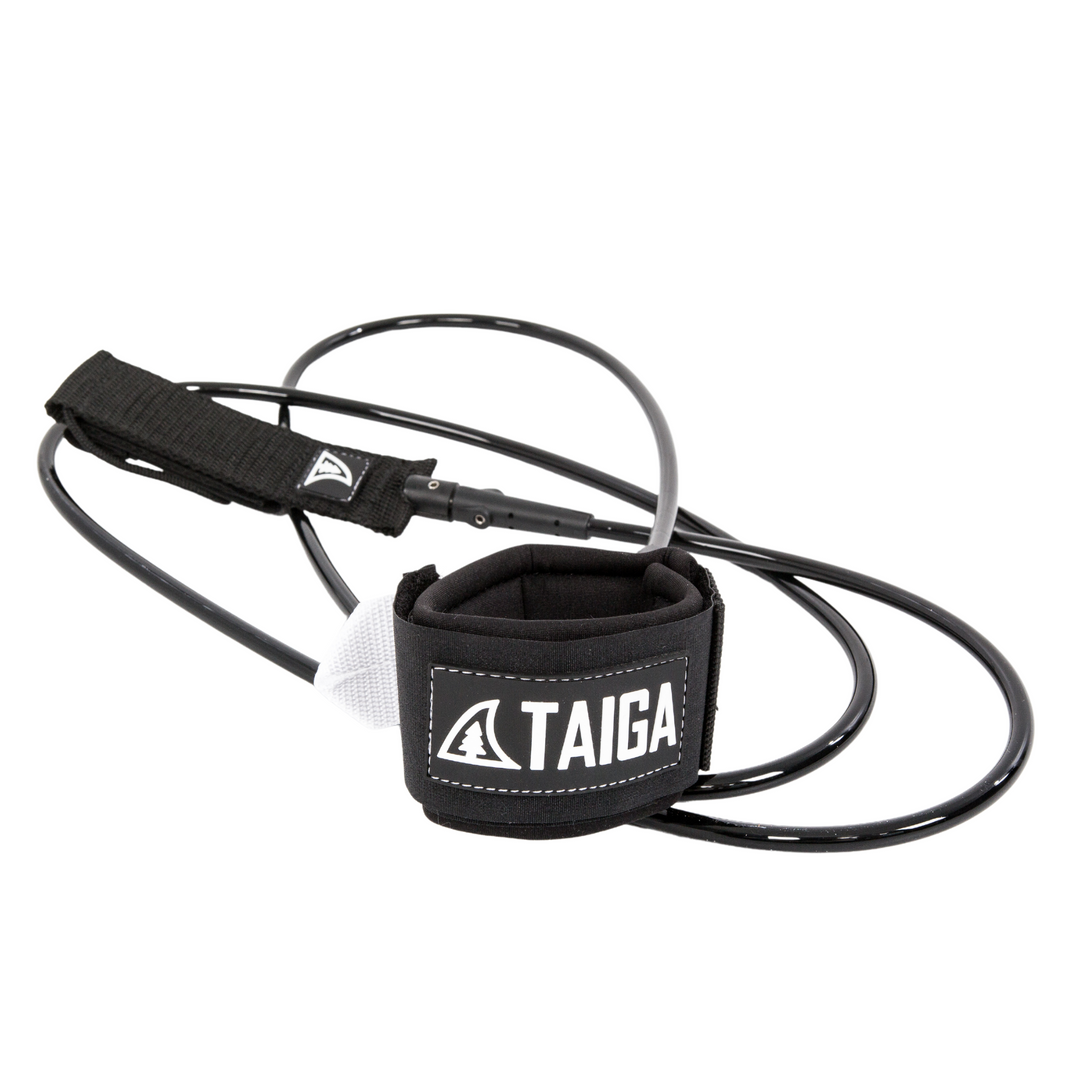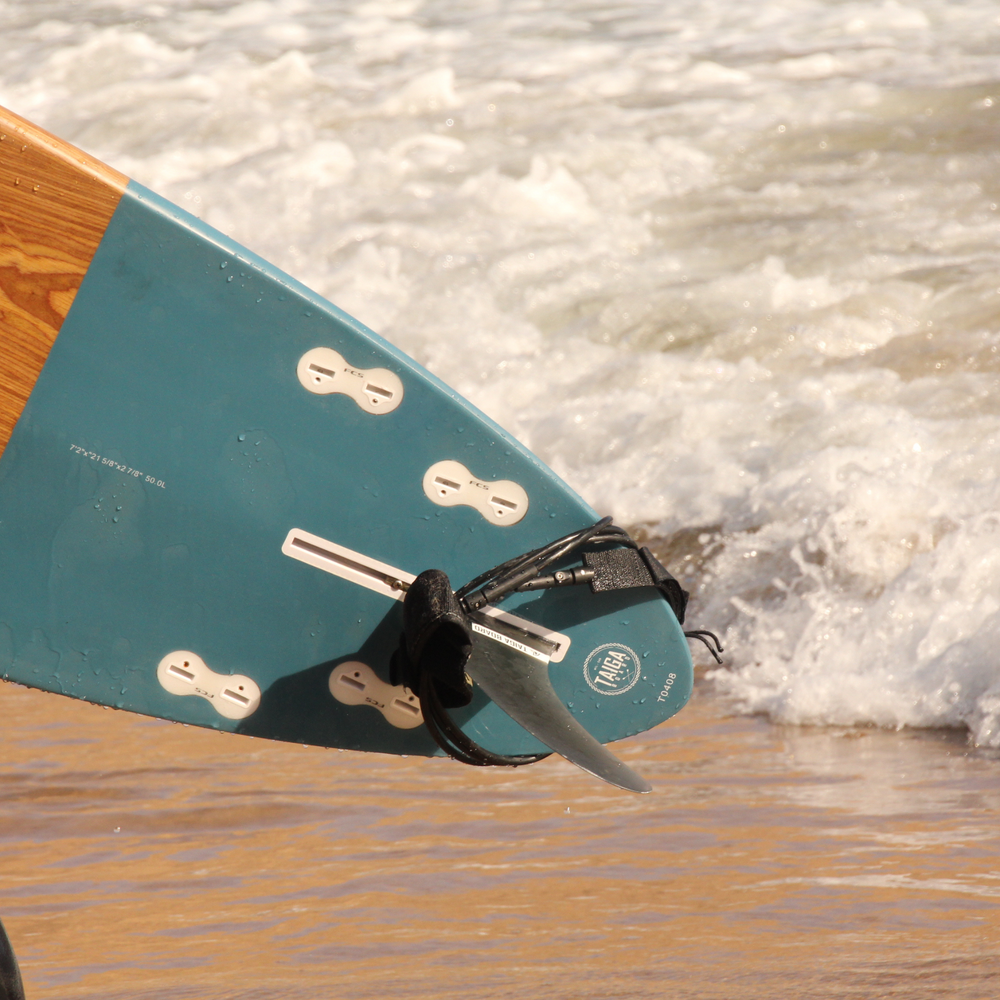Stand Up Paddle Surf - SUP Surf
While both Stand Up Paddle (SUP) Surfing and traditional surfing share the same roots, there are distinct differences between the two sports in terms of equipment, technique, and skill requirements.
Traditional surfboards are smaller and lighter than SUP boards. They are designed for maneuverability on the wave and require the surfer to lie or kneel until they catch a wave, at which point they stand up. On the other hand, SUP boards are larger, wider, and more buoyant, providing enough stability for the rider to stand on the board all the time. Additionally, SUP surfing involves the use of a paddle, which is not present in traditional surfing.
Traditional surfers paddle with their arms while lying on the board to get into a wave, then pop up to their feet. SUP surfers, in contrast, are already standing and can use their paddle to help them catch waves. This allows SUP surfers to catch waves further out and often before traditional surfers can.
Both sports provide a full-body workout, but the emphasis is different. Traditional surfing is a great workout for the upper body and core due to the paddling involved. SUP surfing, with the addition of the paddle, works the body more evenly, involving the arms, core, and lower body. The act of balancing on the larger board also requires continuous work from the leg and core muscles.
SUP surfing is often seen as more accessible for beginners due to the stability of the board, making it easier to balance. Plus, the paddle helps with steering and maintaining speed. Traditional surfing requires more skill to start, as balancing on the smaller board can be challenging, and it takes practice to time the pop-up correctly when catching a wave.




